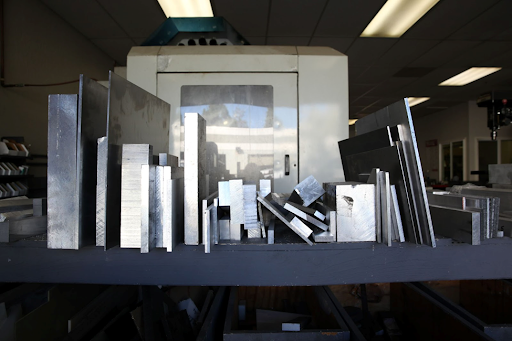About the material
Polyphenylene Sulfide (PPS) is a high-performance engineering plastic with excellent temperature resistance, dimensional stability, and electrical insulation properties. With exceptional mechanical strength, chemical resistance, and flame resistance, PPS is commonly found in high temperature applications such as automotive parts, appliances, electronics, medical devices, and industrial applications.


